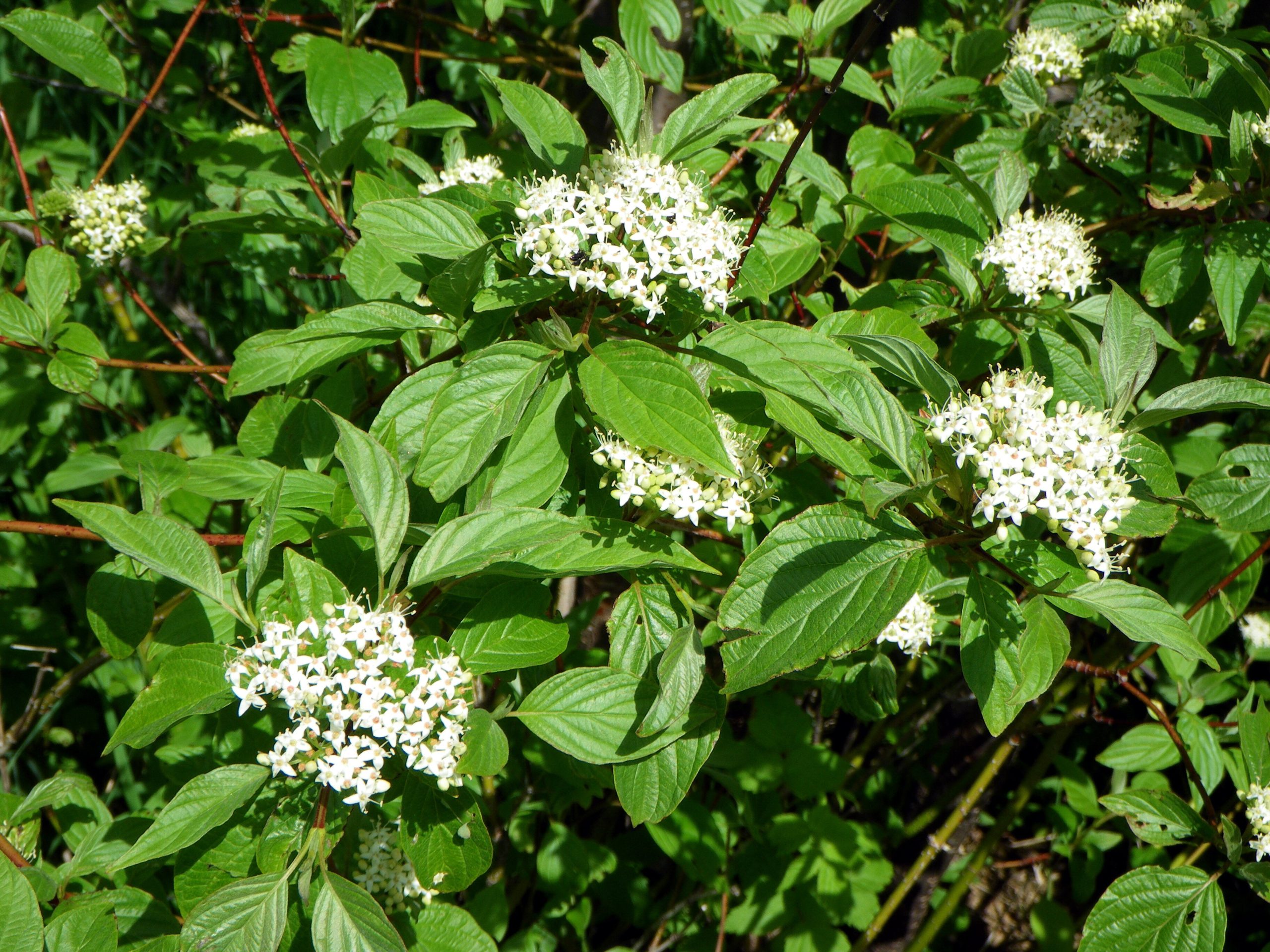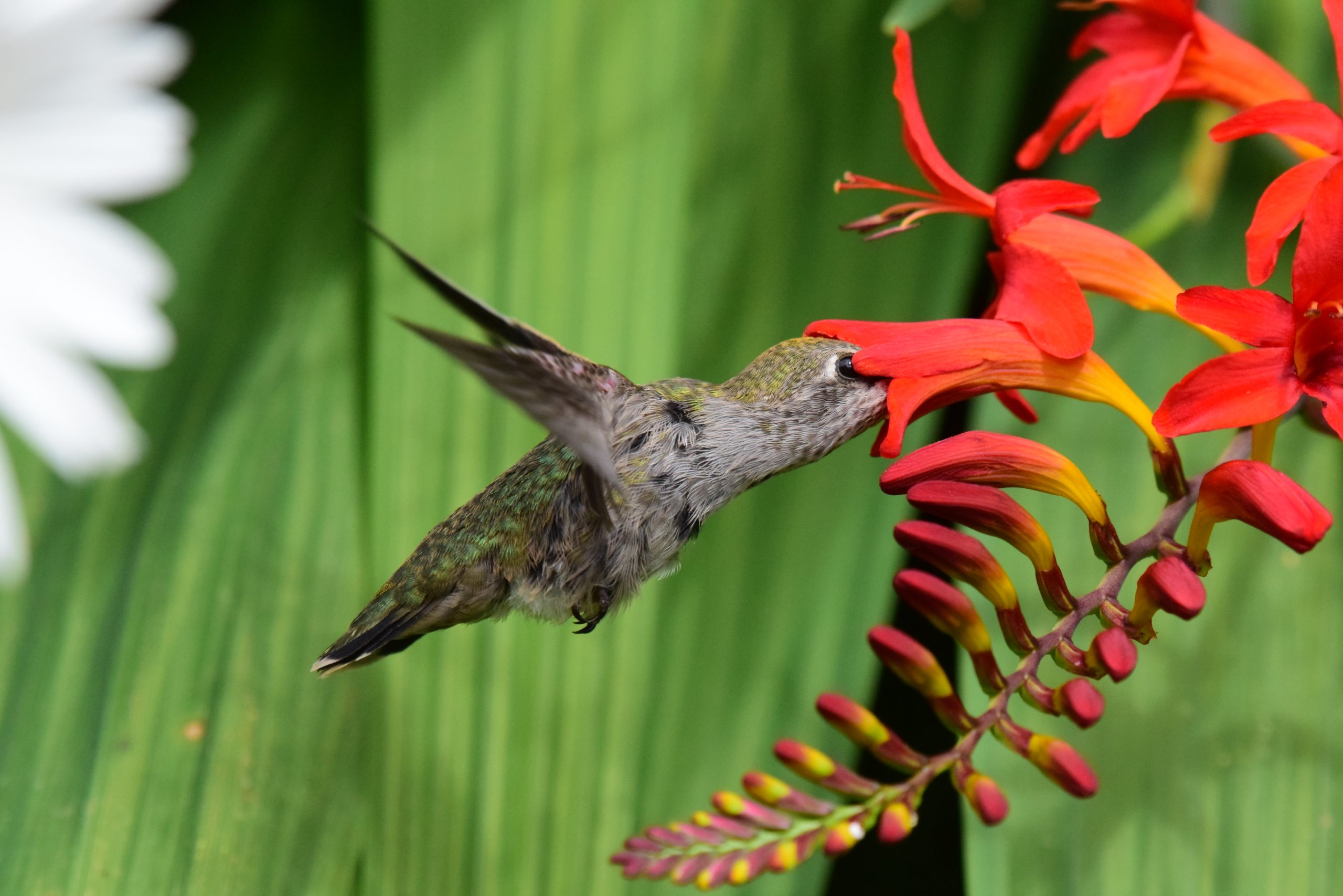It was a chilly and snowy winter in some parts of Canada, yet mild and dry in others. Regardless of your local weather story, birders nationwide are dreaming of spring migration and the diversity of birds wending their way northward. These welcome migrants add colour and song to the landscape. Gardeners, too, look ahead to spring as they plan which seeds to sow and which new plants to add.
Knowing that many birders enjoy gardening and that many gardeners enjoy birds, Birds Canada has developed the Gardening for Birds online tool to help both succeed. Since spring is the perfect time for garden planning, Gardening for Birds provides just the resource to help think creatively about ways to attract birds.
The website (www.birdgardens.ca) contains an extensive database of 500 native Canadian plants, fun and informative videos, 22 regionally-tailored factsheets, and interactive maps, including nursery locations. You can search by region, specific site conditions, or gardening and bird interests (e.g., cone-producing trees, pollinator plants). A unique feature is that the database can be searched based on our 22 “Bird Garden” zones, helping you choose the best plants based on bird, ecological, and horticultural regions.

Red Osier Dogwood is a great garden plant to attract birds. Photo: Sean Blaney
Some general tips for success
Bird garden tips
Food
- Include a diversity of native plant species, so that a wide range of natural food types are available for birds; note nearby plants and diversify the local food sources by adding plants to your garden that are absent in your neighbourhood
- Include plants that produce a variety of seeds, cones, berries or other types of fruit; if possible, select species so that natural foods are available from spring through summer and autumn
- Many species of plants produce flower nectar that attracts and supports insects, as well as hummingbirds, orioles, and other birds; the insects themselves may become food for insectivorous birds, such as warblers, vireos and flycatchers

An Anna’s Hummingbird feeds on the flowers of a Red Crocosmia. Photo: Jon Clayton
Water
- Place gently sloping stones or logs along the water’s edge to ensure easy access for birds to drink or bathe in ponds
- Heated winter bird baths can be particularly popular, and water that is flowing, bubbling, or trickling is especially appealing
- Water features are a major draw for birds, regardless of whether they are a simple bird bath or a beautiful naturalized ponds
- As with bird feeders, be sure to keep water sources well cleaned and sanitary to reduce spread of avian diseases; this also helps avoid creating places for mosquitoes to breed
Shelter
- Shelter, such as dense evergreen plantings, is an essential part of a nature garden and gives birds places to safely roost, nest, feed, hide, or sleep
- Thick tangles of vines and dense shrubs also provide shelter, as do brush piles; this can provide nesting or wintering sites for ground-dwelling birds (e.g., some sparrows and wrens)
Other tips
- Think how your gardening chores can help birds in other ways.… For example, save some tidy up for spring by leaving leaves on the gardens, along with keeping the prior season’s plant stalks and flower heads in place over winter; this provides food for seed eaters and birds that like to forage for insects hiding under loose leaf litter
- Provide additional micro-habitats, such as: open sandy areas for dust baths; small raised berms to provide birds with lookout locations; or, stumps, logs and branches for perches or foraging areas
- Consider installing nest boxes and bird feeders to supplement nesting habitat and feeding opportunities
